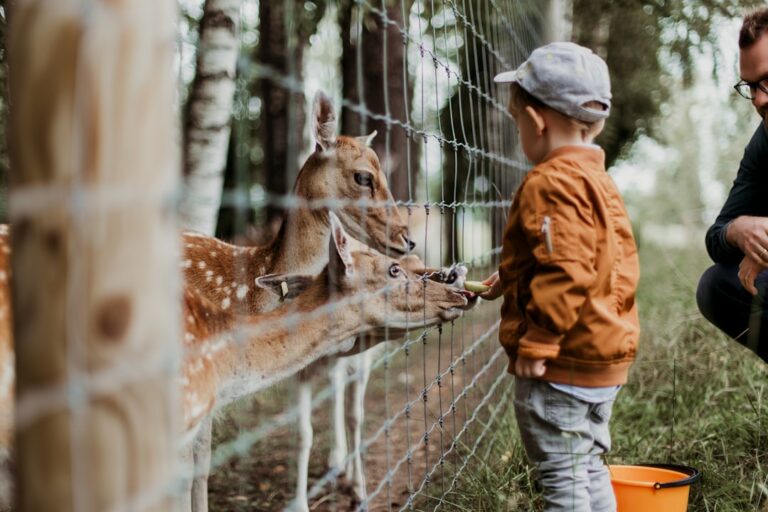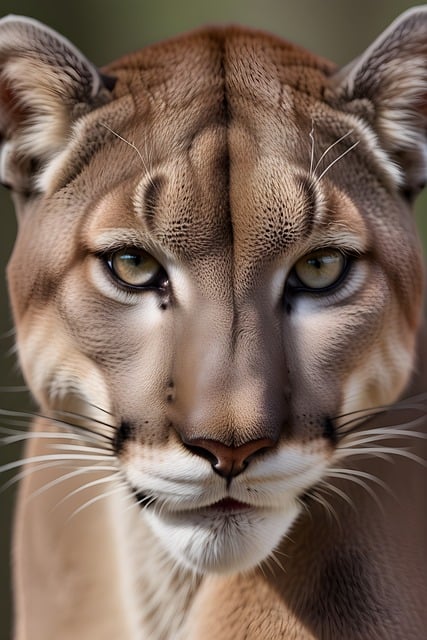The concept of elephant graveyards is widely known in popular culture, and the discovery of buried Asian elephant calves is adding credibility to this phenomenon.
Two scientists detailed five cases in which elephant calves had been discovered buried in an upright position within irrigation trenches of tea plantations in northern Bengal, India. According to the research published in the Journal of Threatened Taxa, the unique placement of the calves, compacted ground from multiple elephant feet, and post-mortem injuries indicating dragging suggest deliberate burial practices.
If this conclusion holds true, the observations mentioned may suggest a level of comprehension of death and grief in animals that was not previously recognized, shedding light on how humans may not be as distinct as believed.
Archaeological findings indicate that human ancestors have been burying their deceased for over a hundred thousand years, possibly even longer. The act of burial goes beyond mere disposal of bodies; it signifies a deep emotional connection, an expression of mourning, and a way to respect and remember the life that has ended.
Cultural Significance of Burial Rituals
In various societies, individuals dedicate time and energy to burial practices to honor life. Burials showcase our awareness and compassion. It is widely held that our responses to death reflect our humanity. Comparative mental interpretations of death in other animal species remain rare. Despite a few isolated accounts, no animal species has been observed systematically burying their deceased in the structured manner that humans do.
Are elephant burials intentional?
The text discusses the topic of whether elephant burials are intentional or not.
It might be premature to remove burials from the list of uniquely human practices. Even though reports of calf burials are fascinating, since these five burials were not directly witnessed, uncertainties persist. One explanation could be that the dead or weak calves accidentally fell into the trenches during transportation, with the subsequent family panic leading to the trench collapsing around the body.
However, reports of burial are in line with elephants' known acute reactions to death. Elephants have been seen carrying dead infant corpses and display a shift in behavior when approaching the carcass of a family member or another elephant.
– The response may include silent investigation, sniffing, and touching body parts with their head held low. Sometimes, they may try to move or rouse the carcass, and occasionally, place mud or large palm fronds over the bodies of deceased relatives. These actions are similar to what we would identify as grief or mourning in humans.
Understanding death
The text delves into the concept of death and its significance in human life. It explores various perspectives on death and how different cultures and traditions view this inevitable part of life. The author discusses the importance of recognizing and accepting death as a natural process. Additionally, the text touches on the emotional and psychological aspects of dealing with death and provides insights on how to cope with grief.
– Elephants are not the sole animals that display intriguing behaviors towards deceased companions. Crows frequently come together and surround the body of a fallen crow, which has been likened to a funeral. This communal event seems to allow the crows to understand a threat that should be evaded to prevent a similar fate rather than serving as a way to bid farewell conventionally like human funerals.
– Social insects like ants also remove their dead members from the colony when they detect specific chemicals released by dying or dead individuals. This behavior helps prevent the spread of diseases within the colony. Some ant species even bury the bodies to further limit the risk of disease transfer.
As experts in animal behavior, particularly in the study of grief, we cannot assume that the ants' unique "corpse management" behavior indicates any comprehension of life or death.
During the 1950s, biologist and entomologist E.O. Wilson experimented by applying a specific chemical to live ants. This chemical caused the other ants in the nest to react as if the treated ant was deceased. The ants then attempted to remove the treated ant from the nest and relocate it to a safe location.
Similar reactions to decaying substances have been observed in rats. Research has shown that rats will bury other rats that have been dead long enough to start decaying. They will also attempt to bury anesthetized, but still alive, rats that have been sprinkled with a scent associated with decomposition. Additionally, they will try to bury wooden sticks that share the same scent. This behavior indicates that some social animals have a natural instinct to remove decaying objects from their living area.
“`markdown
Similar reactions to decaying substances have been observed in rats. Research has shown that rats will bury other rats that have been dead long enough to start decaying. They will also attempt to bury anesthetized, but still alive, rats that have been sprinkled with a scent associated with decomposition. Additionally, they will try to bury wooden sticks that share the same scent. This behavior indicates that some social animals have a natural instinct to remove decaying objects from their living area.
“`
– The examples of burial behaviors in rats and ants greatly differ from those in human burial rituals and mourning practices observed in elephants, orcas, and other species.
Note: The text has been rewritten in Markdown format.
– The debate continues over whether elephants truly bury their dead, but one thing is for sure – their emotional responses to the passing of loved ones are remarkable and touching.
– These reactions are hard to understand without considering the possibility that elephants grasp the concept of death.
– Receive a weekly climate change roundup in your email with "Imagine" by The Conversation's environment editor.
– Dive deeper into a single climate issue every Wednesday.
– Over 30,000 readers have already subscribed.
Dive into the World of Comparative and Evolutionary Psychology
As an SEO and copywriting expert, you will be intrigued by a fresh perspective on the field with a focus on animal behavior and welfare. Markdown format allows you to create engaging content that draws in your audience.
—
This article is republished from The Conversation under a Creative Commons license. Read the original article.


























